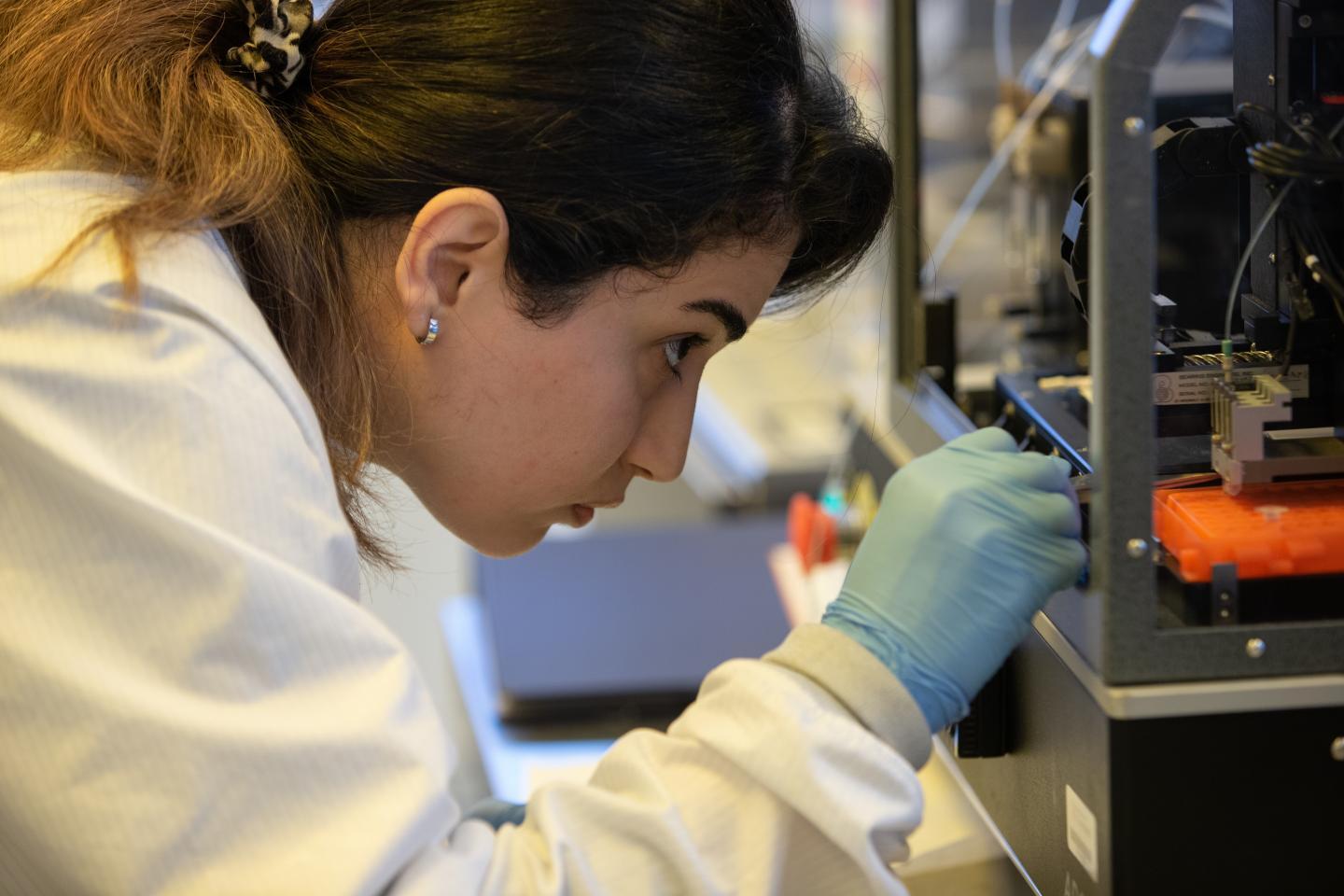Stress has some mysterious effects on the human body, with more and more research linking its presence to all kinds of negative health outcomes including autoimmune disorders, diabetes, obesity and heart disease. Now scientists at the University of Cincinnati (UC) have developed a new kind of sensor that can be used to keep tabs on stress levels, requiring just single drop of bodily fluid.
"Stress harms us in so many ways," says UC graduate Prajokta Ray, the study's first author. "And it sneaks up on you. You don't know how devastating a short or long duration of stress can be. So many physical ailments such as diabetes, high blood pressure and neurological or psychological disorders are attributed to stress the patient has gone through. That's what interested me."
Ray and her team set out to develop a new sensor that was simple and easy to use, and therefore could be leveraged at home by people in need of greater clarity around their stress levels. This was in part motivated by the experience of colleague Andrew Steckl, a professor of electrical engineering in UC, in helping his father through stress-related health problems.
"I had to take him quite often to the lab or doctor to have tests done to adjust his medication," Steckl says. "I thought it would be great if he could just do the tests himself to see if he was in trouble or just imagining things. This doesn't replace laboratory tests, but it could tell patients more or less where they are."
The device works in a similar way to a breakthrough sensor developed at Stanford University last year, which measures sweat samples' levels of cortisol, a hormone that spikes in response to rising stress. The UC team's device likewise measures cortisol, but within just a drop of urine, blood, saliva or sweat, can also measure levels of stress-associated hormones such as serotonin, dopamine, norepinephrine and neuropeptide. It does so by tracking the optical absorbance of these biomarkers through UV spectroscopy.

"You're not going to replace a full-panel laboratory blood test. That's not the intent," Steckl says. "But if you're able to do the test at home because you're not feeling well and want to know where you stand, this will tell whether your condition has changed a little or a lot."
The team is now exploring the commercial possibilities around the sensor and working toward turning it into a simple home-testing kit that folks can use to easily check in on their stress hormones.
"Stress has been a hot topic over the past couple years," says Ray. "Researchers have tried very hard to develop a test that is cheap and easy and effective and detect these hormones in low concentrations. This test has the potential to make a strong commercial device. It would be great to see the research go in that direction."
The research was published in the journal American Chemical Society Sensors.
Source: University of Cincinatti






